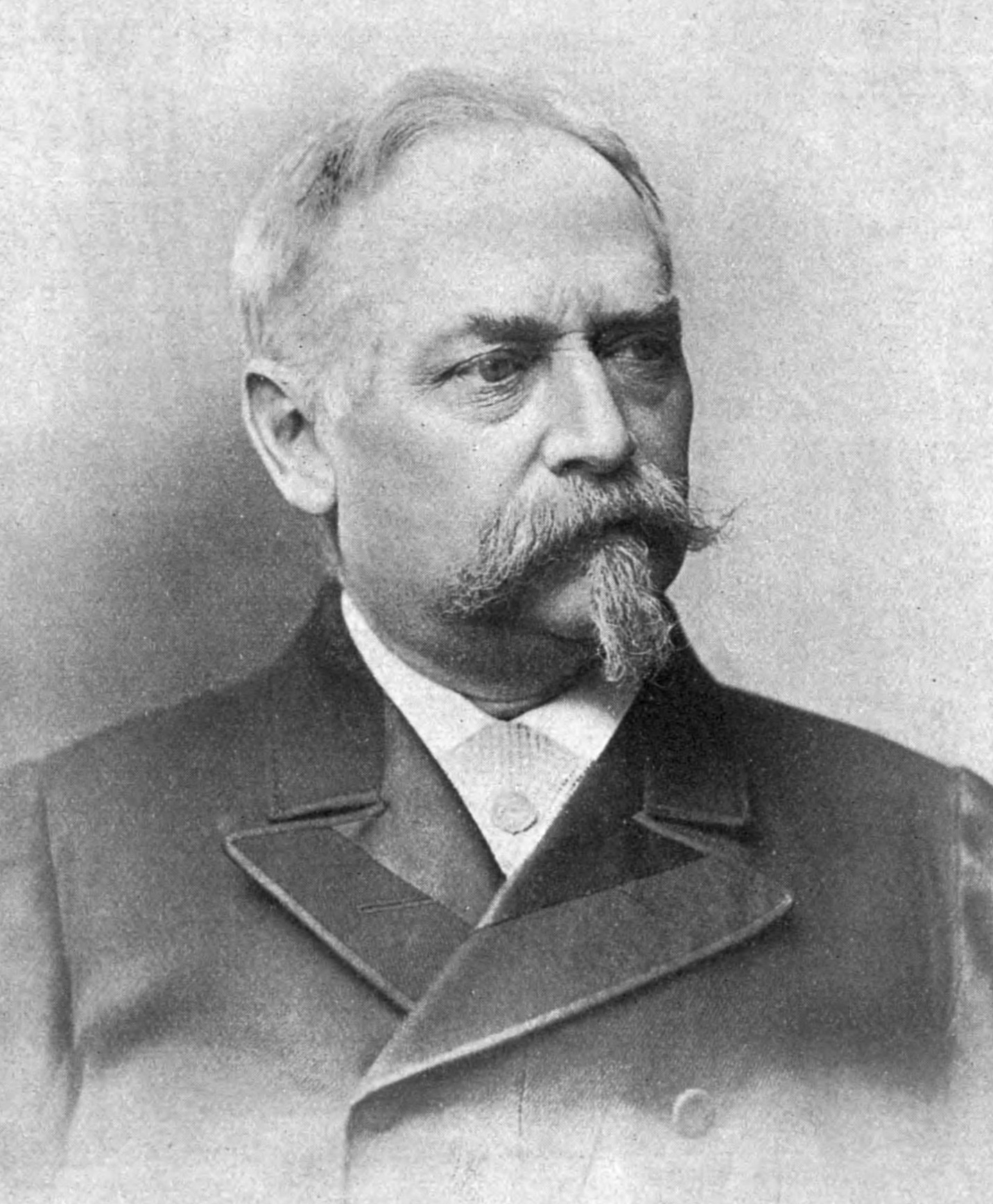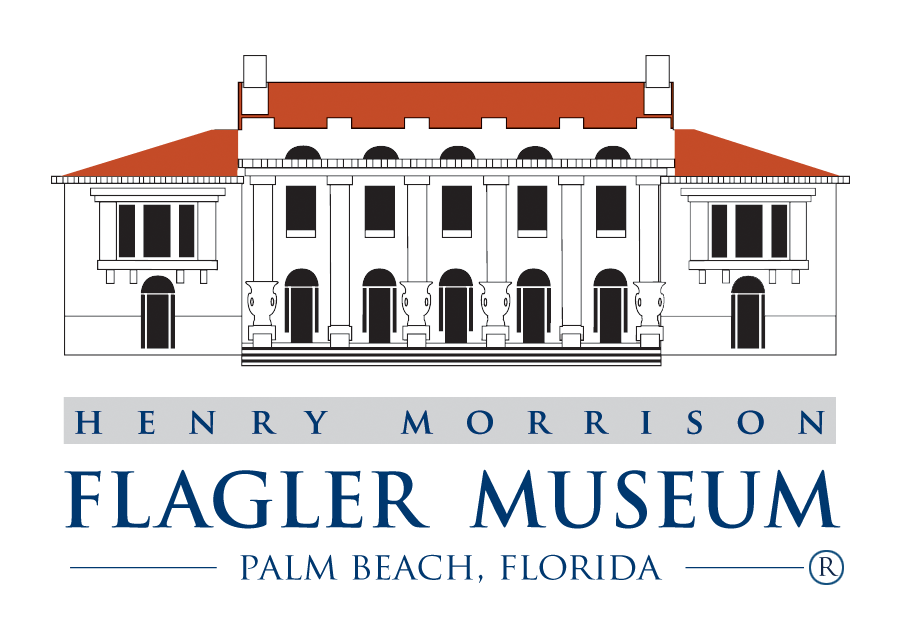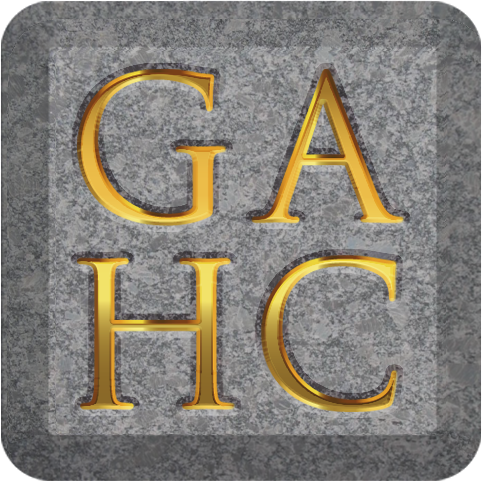Fall Exhibition
Parks, Palaces, and Public Buildings: Richard Morris Hunt and American Architecture
October 14, 2008 - January 4, 2009

The Flagler Museum exhibited Parks, Palaces, and Public Buildings: Richard Morris Hunt and American Architecture from October 14, 2008 through January 4, 2009. The exhibition of approximately 80 drawings, watercolors, photographs, and objects from one of America's greatest nineteenth-century architects illustrated how the visionary's career transformed American architecture.
Richard Morris Hunt (1827-1895) was the first American to complete the prestigious architecture program at the Ecole des Beaux Arts in Paris. Hunt trained in the atelier of Hector Martin Lefuel, later appointed by Napoleon III to complete the final wing of the Louvre after the death of Viollet le Duc. Lefuel selected Hunt, his American student of ten years, to serve as clerk of the works for this important project. Hunt brought Europe's Beaux Arts tradition to the United States in prominent works like Cornelius Vanderbilt II's "The Breakers" in Newport, and the Administration Building at World's Columbian Exposition (Click here to take a virtual tour of the World's Columbian Exposition). From his early student days of the 1840s until his death in 1895, Hunt spent his career "professionalizing" the profession of an architect. A founding member, first secretary, and third president of the American Institute of Architects coupled with a long and distinguished career earned him the title the "Dean of American Architecture" among his peers. Detail of the New York Historical Society
This exhibition traces Hunt's career from his days as a student tothe projects at the end of his career, the Biltmore Estate in Asheville, North Carolina, and the Fifth Avenue Wing of the Metropolitan Museum of Art in New York City. He designed over 220 projects during his career, many of which are well-known nineteenth-century icons including private residences, public buildings, university libraries, religious structures, and commercial buildings. He also worked in collaboration with some of America's greatest sculptors, designing pedestals for their art. The most notable is the pedestal for Statue of Liberty, designed with Frédéric Auguste Bartholdi and Gustave Eiffel.
Many projects, however, were not realized. Of particular interest is the remarkable and little known story of his designs for the Southern Entrances to New York's Central Park. The controversy related to the design of the entrances was a popular and daily topic in the New York City newspapers of the day. The project, ultimately awarded to Frederick Law Olmsted and Calvert Vaux, was the disappointment of Hunt's career. Hunt and Olmsted did not work together again until the very end of their careers, when they were brought together by young George Washington Vanderbilt to create the Biltmore Estate. Hunt's designs for the Central Park Gates and their intense story reveal the strong personality of the man, his philosophy about architecture, his integrity for his profession, and his desire to bring the Beaux-Arts tradition to the American public.
Proposed design for New York's Central Park
Richard Morris Hunt's phenomenal career was the reflection of a passionate innovator. He founded the first American architectural atelier, designed one of the first buildings with an elevator (the Tribune building) and in the process established the Beaux Arts style as the dominate influence in American Architecture. His commitment to the profession could be summarized by the Latin inscription in his library: "Ars Longa, Vita Brevis Est" - "Art is long, life is brief."
As part of the 150th Anniversary Celebration of Central Park, Parks, Palaces and Public Buildings highlights Hunt's designs for Central Park and other structures in the context of his career. The exhibition is on loan from the Print and Drawings Collection of The Octagon, American Architectural Foundation, Washington, DC. This exhibition was co-curated by Tracy Kamerer, Chief Curator of the Flagler Museum, and Sherry Birk, Special Advisor to the American Architectural Foundation and former Director of the Octagon.







